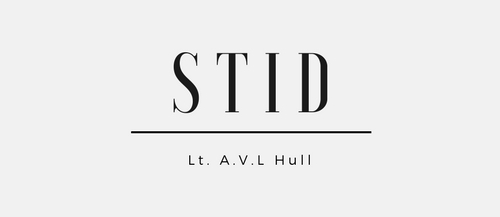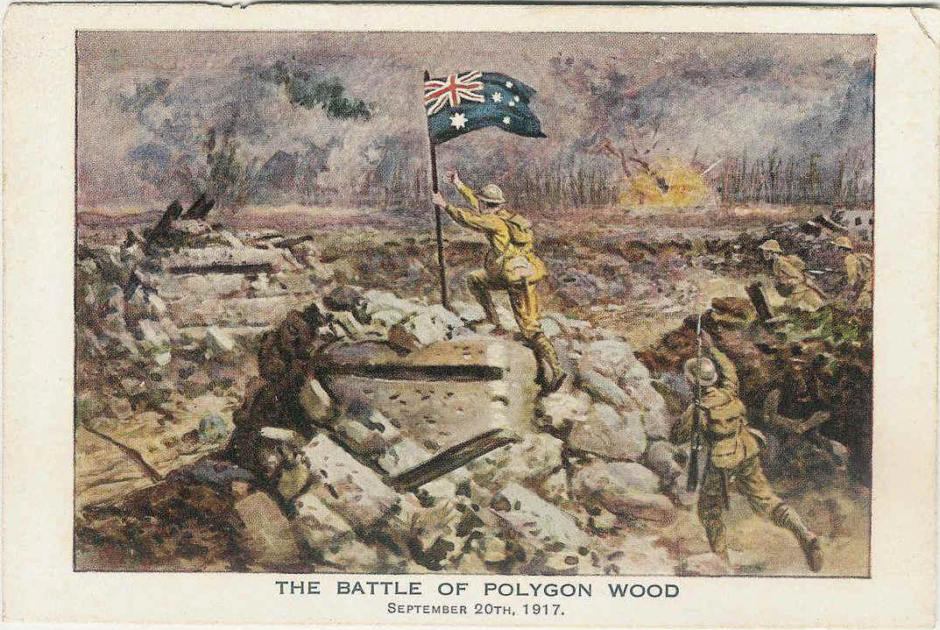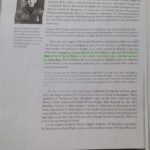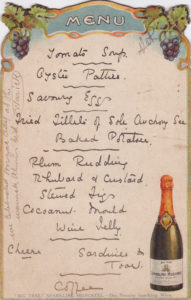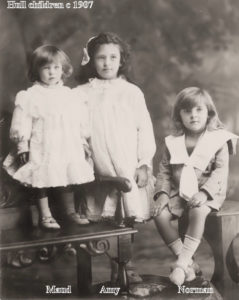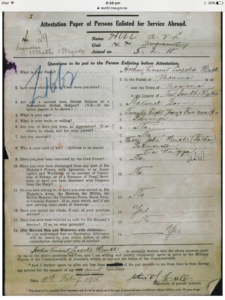The Battle of Polygon Wood
This site is dedicated to a personal history of one man. Nevertheless, what makes it fascinating is Stid’s role in a time of great historical significance.
Perhaps the most significant moment was captured in a painting that became famous becaus it was used on a fund raising postcard. Visit Australian War Memorial’s page for more information about the painting.
“Lieutenant Arthur Hull of the 18th Battalion planted the Australian flag on top of Anzac House, a big artillery observation post that lent its name to Anzac spur.” The Anzacs: Gallipoli to the Western Front – Peter Pederson (2007)
The following links were provided by John Vaughan, ANFA Councillor and Vexillographer. They provide historical background to this story.
https://www.aif.adfa.edu.au/showPerson?pid=146440
https://www.awm.gov.au/collection/R1631755
https://www.flickr.com/photos/25816694@N08/27702508053
https://en.wikipedia.org/wiki/Battle_of_Polygon_Wood
https://www.warmemorialsregister.nsw.gov.au/content/baulkham-hills-world-war-1-memorial-william-thompson-masonic-schools
The following links are Polygon Wood articles from Trove:
http://trove.nla.gov.au/newspaper/article/141961766
http://trove.nla.gov.au/newspaper/article/144610601
http://trove.nla.gov.au/newspaper/article/100899273
The Lockhart Review, 1918
http://trove.nla.gov.au/newspaper/article/137713978
“In the ”Review” office window may be seen a stirring picture of the planting of the flag on Anzac Redoubt at the battle of Polygon Wood by Lieut. A. V. Hull. Mr W. J. Hull may be congratulated upon having a son whose name will go down into history.”
15 Aug 2017, Noel Christensen e-mail to Alison
“There are lines of thinking on this, and after reading Charles Bean’s official war history published in 1933 it says in a footnote the flag was a miniature from the Australian Comforts Fund and it was placed in a bully beef tin on the roof of ANZAC redoubt (pillbox). That was published 16 years after the event. Prior to that, in about 1927 or 1928 Joe Maxwell VC published his biography Hells Bells and Mademoiselles. He joined the same time as AVL Hull and served side by side 2.5 years together. Reading AVL’s poem to his mother published in Robyn Gooden’s book I detect a person totally opposite to the womanising, carousing, heavy drinking (alcoholic) and low standards Maxwell who after the war may have resorted to mischief making. Certainly he wrote in his book and later in 1930 in the RSL magazine Reveille that the person who planted the flag was Ding Dong Bell KIA 1918. Undoubtedly Bean would have a) read the book and b) later met Maxwell at functions and ceremonies and had the opportunity to have his slant on the history “corrected” by someone who was on the spot, or nearby at least. Three men carried flags on that day, one certainly was Arthur, the other two were only described as veterans of Gallipoli. That makes Maxwell eligible as a flag carrier. Then there was a supposed bet between all three to see who could win the race to be there first. Don’t forget it was not a stroll, the fighting was at times nasty and lives lost.
AVL was a signaller – renowned for their athletic ability – he was an officer when he died, but a baggy-assed Digger when he joined 1915. At a recruiting table at Liverpool, it was determined he join the signals which meant he ran messages and plenty of them as two legs was very much in vogue in those days. So he must have been some sort of a runner, swift enough to cover the ground necessary to arrive in first place. Could Maxwell have adjusted the truth to his published version out of spite?
Before 1927 Arthur was the indisputable flag planter. I have read several newspaper articles of the day describing the action. Some say our troops took great heart in seeing the Commonwealth Flag waved on high by one of their own. Then there is the signal which went: “Australian Flag flying on ANZAC House consolidating position”. And the postcard – artistic license, certainly, but based on reporters’ writings who were there.
The telling factor being, nothing was disputed, refuted, or Ding Dong Bell mentioned before Maxwell’s book 10 years after.”
